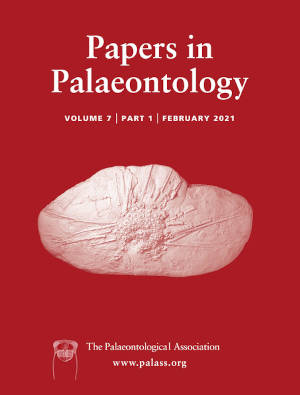Reg. Charity No. 1168330

The aberrant carnivore Gobicyon has been known for more than 80 years, but the evolutionary position and taxonomic diversity of this animal remain unclear due to the paucity of the known fossils. Here, we report a much richer and better preserved assemblage of Gobicyon material from the Tongxin and Hezheng areas, northern China. Two new species, Gobicyon yei sp. nov. from the early middle Miocene in Tongxin and Gobicyon acutus sp. nov. from the late middle Miocene in Hezheng are recognized. Much better material of Gobicyon macrognathus and one isolated tooth of Gobicyon zhegalloi from Tongxin are also described in detail. Gobicyon is recognized as a derived haplocyonid. A phylogenetic analysis of Gobicyon and related taxa has been performed for the first time. The phylogenetic tree suggests a close relationship of Aktaucyon and Gobicyon (Aktaucyonini). Among the taxa traditionally included in haplocyonids, Haplocyonopsis is the closest to Aktaucyonini, as supported by its centrally located M1 protocone and a uniformly distributed M1 lingual cingulum. The most significant evolutionary trends of Gobicyon are the reduction of the posterior molars (M2 and M3) and the strengthening of P4 and M1, suggesting a forward shift of crushing function along the tooth row.